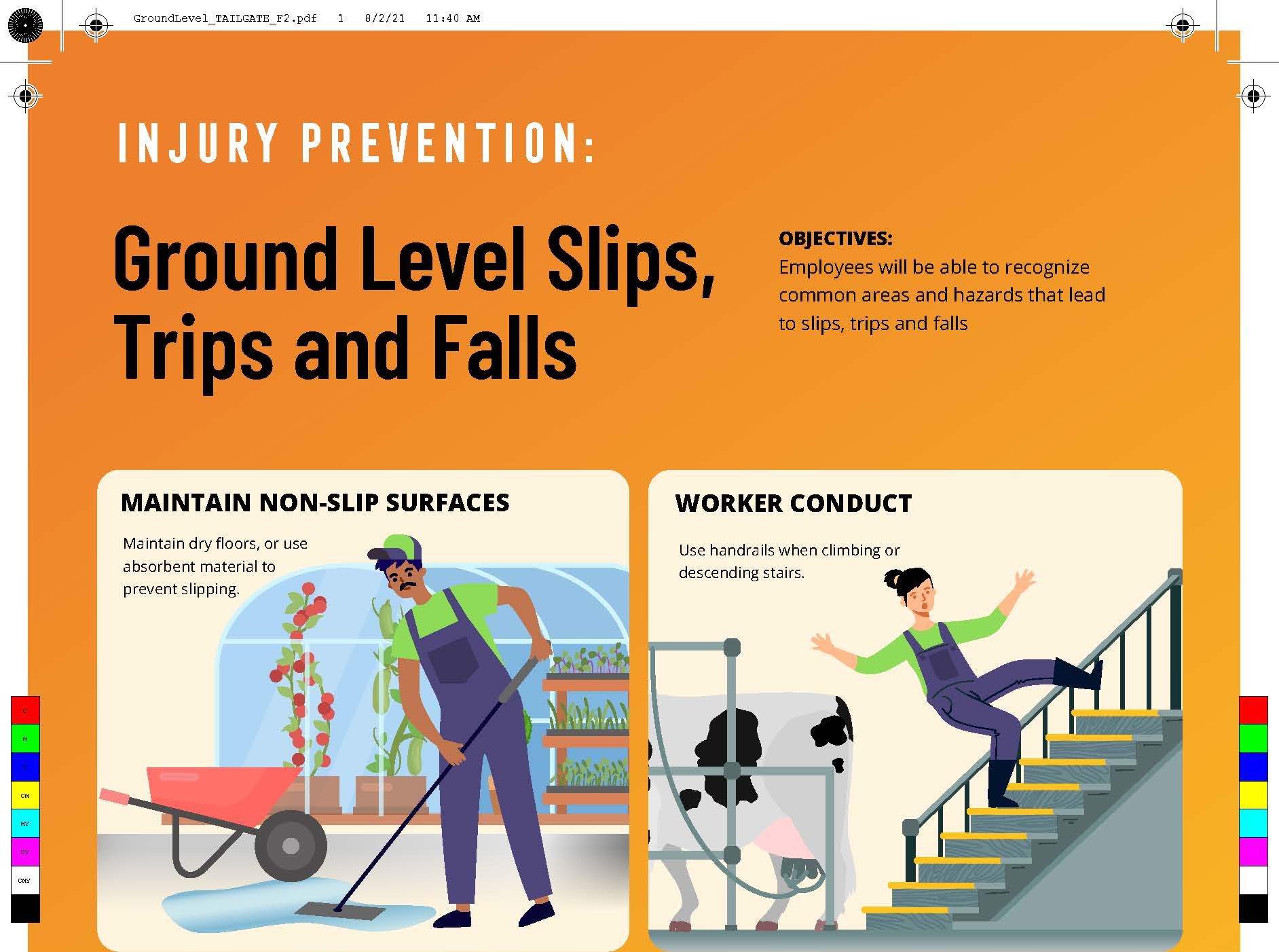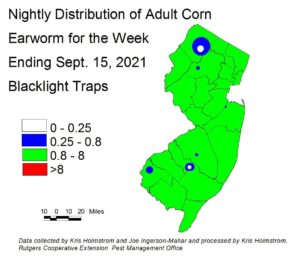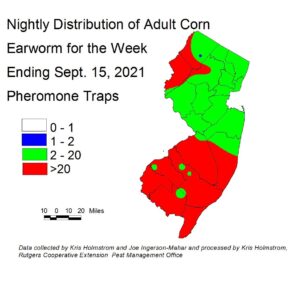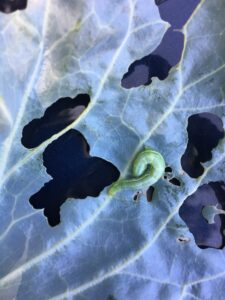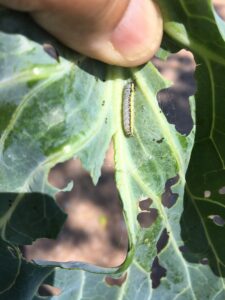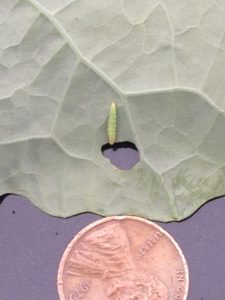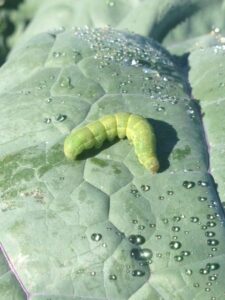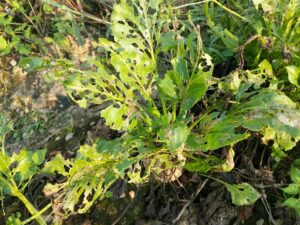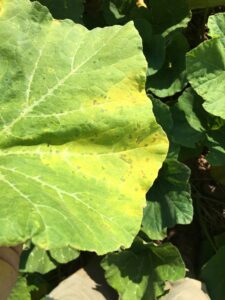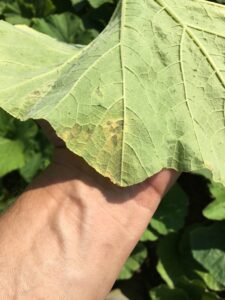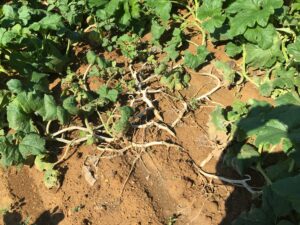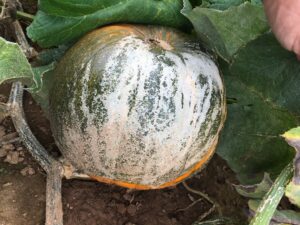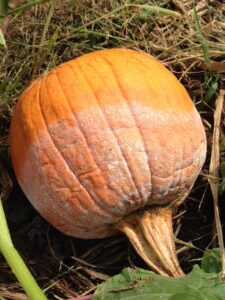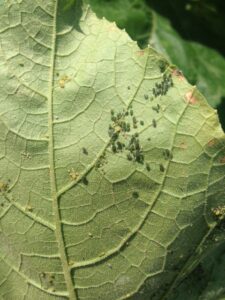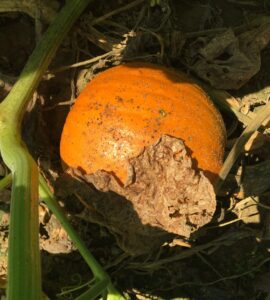Join us on October 7th from 4-6pm at the Rutgers Agricultural Research and Extension Center, 121 Northville Rd., Bridgeton, NJ 08302) for a hands-on grower meeting that will cover: how to assess washing and packing equipment; differences of sanitization products; and how to monitor pH and sanitizer concentrations. We will be demonstrating a new packing line obtained through a grant from NJDA and the Food and Drug Administration.
The program is free, but please register by October 4th at http://rutgersonfarmfoodsafety.eventbrite.com. Ten people must register to hold this event. As per Rutgers policy, masks will be required during the entire meeting since it is inside. If you do not have a mask, one will be provided, and hand sanitizers will be available.
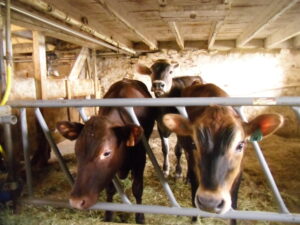 nd Poultry Veterinary Care Services Series, Part II: Federal Resources
nd Poultry Veterinary Care Services Series, Part II: Federal Resources